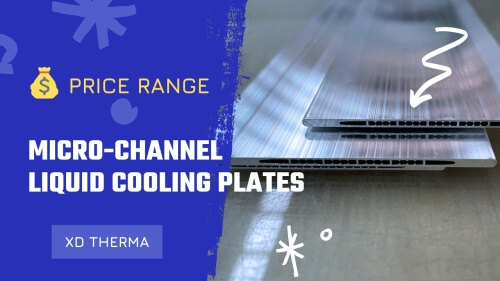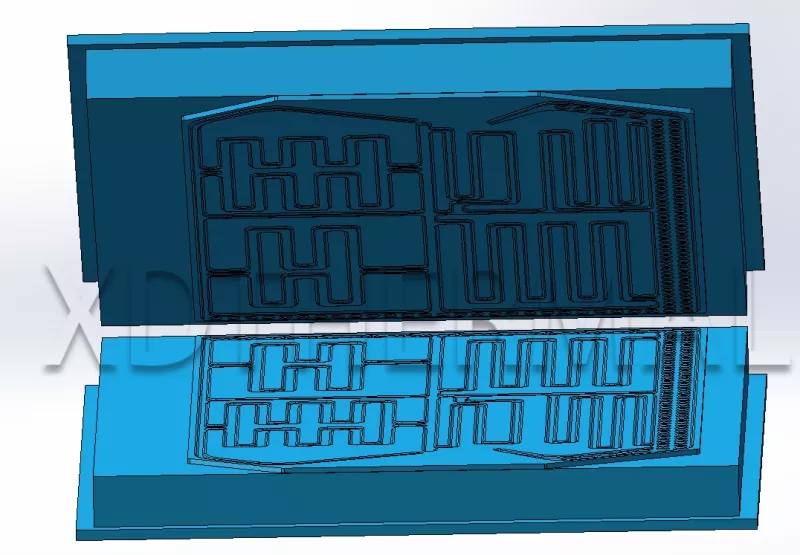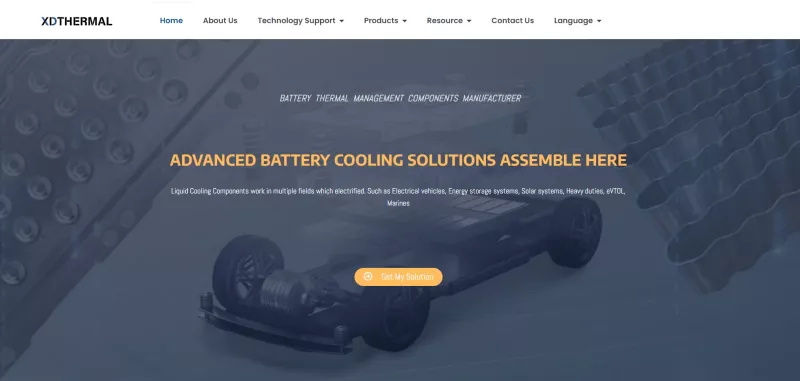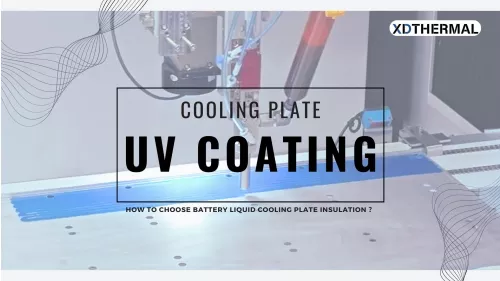¿Cuál es el rango de precios de las placas de refrigeración líquida de microcanales de alta calidad?
¿Cuál es el rango de precios de las placas de refrigeración líquida de microcanales de alta calidad? ¿Tiene problemas para averiguar cuánto cuestan estas placas de refrigeración líquida de microcanales de alta calidad? Puede ser frustrante porque muchas de estas empresas no dan el precio por adelantado, y usted quiere saber cuánto cuestan estas cosas, especialmente cuando la calidad es importante y el rendimiento es necesario para los proyectos que está haciendo. Las placas de refrigeración líquida de microcanales de alta calidad suelen oscilar entre $30 y $150 por unidad. Este precio varía en función de los materiales utilizados, los procesos de fabricación, las cantidades pedidas y la experiencia del proveedor. En resumen, hay que saber cuánto va a costar. Por lo tanto, tenemos que profundizar en todo lo que conduce a estos costes. Tabla de contenido ¿Cuáles son los factores clave que influyen en el precio de las placas de refrigeración líquida de microcanales? Múltiples factores contribuyen al precio de estas cosas. No siempre va a ser el mismo, y hablar de "¿Cuánto cuestan estas cosas?" no es una respuesta única. Factores como la selección de materiales, las técnicas de producción, el volumen de pedidos y la capacidad de los proveedores influyen significativamente en el coste global de estas soluciones avanzadas de refrigeración. La elección del material -aluminio o cobre- influye mucho en el precio. La forma de fabricarlos -soldadura al vacío, hidroconformado, procesos especiales para intercambiadores de calor de microcanales (también denominados placas frías de microcanales)- también influye en el precio. La cantidad pedida también influye en el precio, debido a las economías de escala. ¿Cuál es el proceso de control de calidad de las placas microcanal? El control de calidad es fundamental para la fiabilidad, el rendimiento y la seguridad de las placas de microcanales en aplicaciones como los vehículos eléctricos y los sistemas de almacenamiento de energía. A lo largo de todo el proceso se realizan diversas inspecciones de control de calidad, como la inspección de todo el material que entra, la inspección de los...









